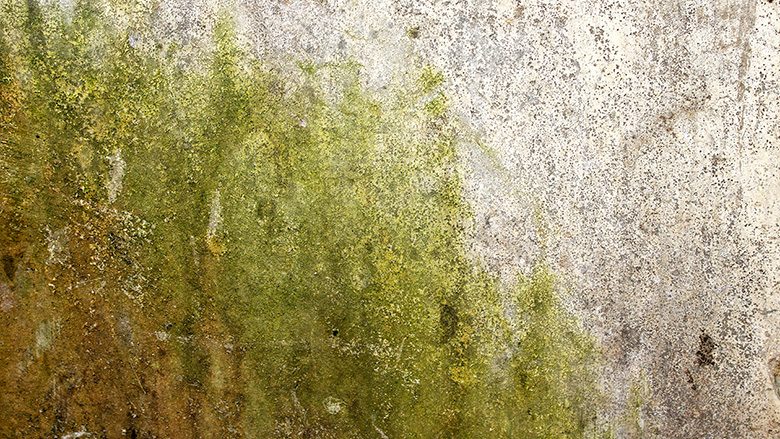Weekly Hands-on How-To powered by KnowHow
How to Sand Drywall to Prepare for Painting

All images provided by KnowHow.
You can have the best drywall installation in the world, but if the sanding isn’t done right, it’ll show. Uneven seams, rough patches, and visible sanding marks can all ruin the final look of a wall—especially once the paint goes on. Proper sanding isn’t about brute force; it’s about precision, technique, and knowing when to stop.
From identifying high spots to applying the right pressure, every step matters when prepping drywall for that flawless, professional finish. In this how-to, powered by KnowHow, we’ll walk you through the sanding process, ensuring your walls are smooth, even, and ready for priming. Let’s get started!
Step 1: Gather Required Materials
Before getting started, make sure you have the right tools for the job. Drywall sanding requires precision, and having the right materials ensures a smooth, even finish. You’ll need:
- Hand sander – for detailed sanding in tight spaces.
- Pole sander – for reaching high walls and ceilings.
- 150-grit sandpaper – fine enough to smooth out surfaces without damaging the drywall.
- Flashlight – to identify high spots and imperfections.
Step 2: Prep the Room for Sanding
Creating a proper containment area is essential to prevent dust from spreading into other parts of the building. Use poly sheeting and painter’s tape to seal off doorways and openings, ensuring the workspace remains isolated.
For doorways, you have two options:
- Create a poly door by overlapping two sheets of poly by at least one foot—this allows people to enter and exit without removing the sheeting.
- Use a zippered tarp door, which can be purchased for a more secure and convenient entryway.
To further prevent dust from circulating:
- Cover all cold air returns and vents with plastic or a tarp to keep particles from entering the HVAC system.
- Turn off fans and heating systems whenever possible to limit airflow that could spread dust.
- Use drop cloths to cover sensitive electronics or any items that can’t be removed from the room.
Open exterior windows or doors for ventilation, ensuring dust can escape rather than settling elsewhere in the property.

Step 3: Identify High Spots
Before sanding, inspect the drywall for any raised areas that need attention. Hold a flashlight at an angle against the wall or ceiling—any imperfections will cast shadows, making them easier to spot. Mark these high spots with a pencil so you can focus your sanding efforts where they’re needed most.
Step 4: Sand the Drywall
When sanding drywall, focus on smoothing high spots and minor scratches—you can’t sand out low spots, as they need to be filled. Follow these techniques for best results:
- Sand all seams, joints, and screw spots to ensure an even surface.
- Use light, even pressure—pressing too hard can damage the drywall.
- Sand in a push-pull (forward-backward) motion for a controlled, consistent finish.
- Use an arced or curved sanding motion to prevent over-sanding or gouging.
- If you see visible sanding marks, you’re pressing too hard—ease up to maintain a smooth surface.
- For shallow scratches, use even pressure in a buffing motion to blend them out.

Step 5: Fill and Resand
If any gouges or imperfections remain after sanding, apply a thin layer of drywall mud, let it dry overnight, and sand again to blend it smoothly into the surface. Once complete, the drywall is ready for priming and painting.
Get a Flawless Finish with KnowHow
Proper drywall sanding creates a smooth, even surface that’s ready for paint and a professional finish. Rushing through or applying too much pressure can leave behind gouges, scratches, and visible seams that show up long after the job is done.
When every detail matters, KnowHow makes sure your team gets it right the first time. With instant access to answers from company-specific SOPs, they can quickly reference the right sanding techniques, pressure levels, and best practices—without wasting time or guessing on-site. And with a library of expert-written restoration templates covering everything from water mitigation and mold remediation to reconstruction and finishing, KnowHow helps teams work efficiently, standardize quality, and stay prepared for every step of the job.
Keep your team working efficiently and confidently. Visit tryknowhow.com today to see how KnowHow simplifies training, standardizes processes, and keeps every project on track.
Looking for a reprint of this article?
From high-res PDFs to custom plaques, order your copy today!






.jpg?height=200&t=1712776413&width=200)